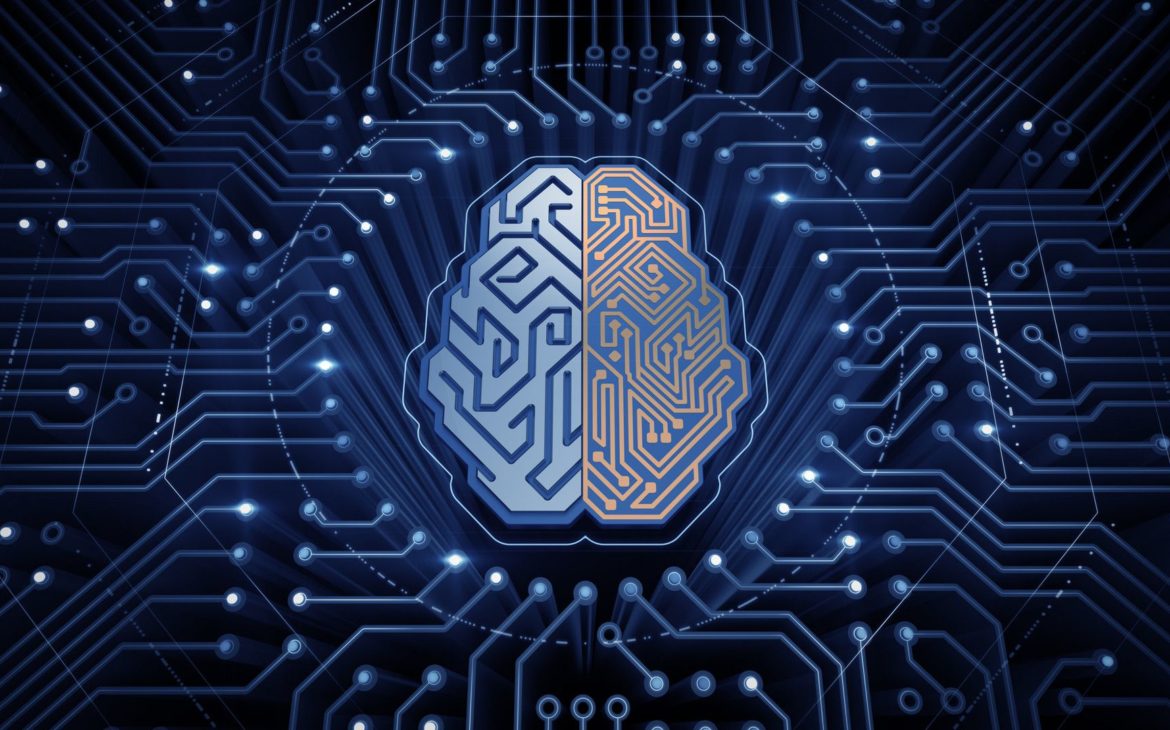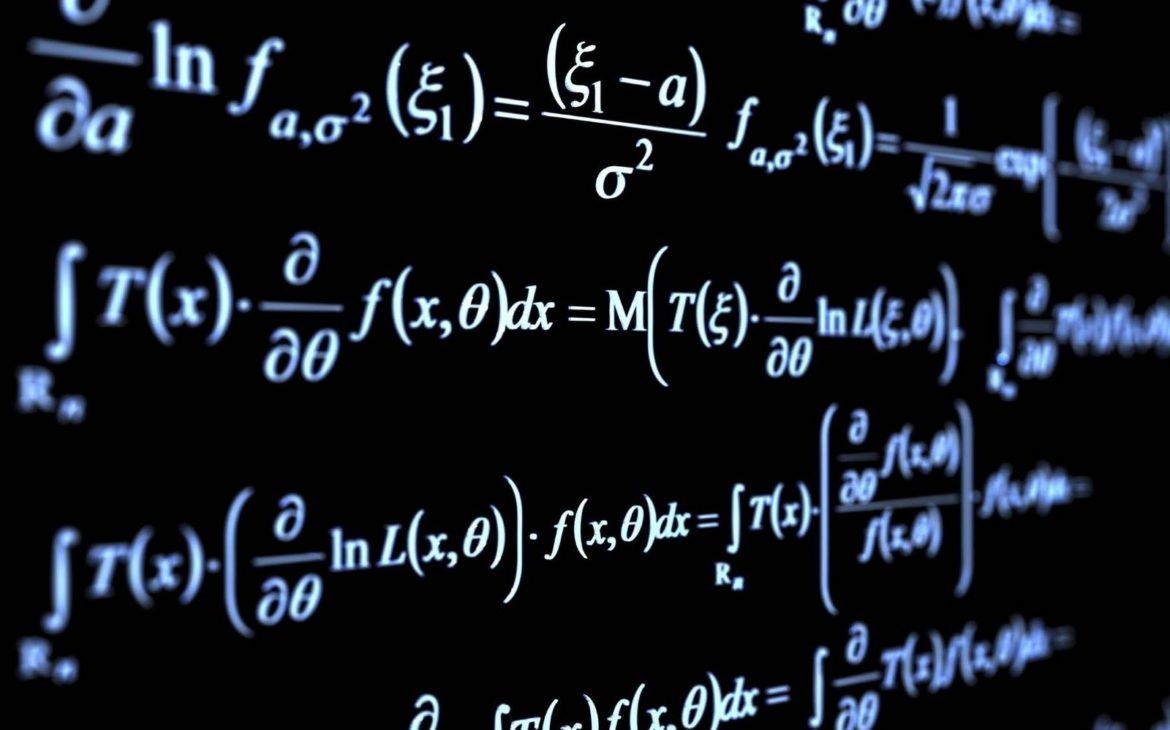Today’s world is all about ‘Data’. Why am I saying so? Because data is present everywhere, be it a multinational companies, businesses, reviews, sales, etc. But what exactly is data? Well, data refers to all the facts and statistics that are combined together and help in the analysis. After the analysis, we filter out the data in terms of good and bad, and at last, we give out a fruitful output.
In a single day, a total of 2.5 quintillion bytes of data is produced. Now think how much data will be produced in a week, a month, a year!! It’s actually very huge and we have to maintain this data also. Companies generate a lot of data, and they should learn how to organize it.
Why do we need to organize data?
If you have your wardrobe all cluttered up in a very unorganized manner, you will not be able to find any of your clothes. It will take a lot of time to pick out just one single beautiful dress that you want to wear to a party.
As companies produce a lot of data daily, organizing it should be the first priority. Organizing will help you filter out the structured and unstructured data. You can easily pick out the good and bad data that you want to keep for your company statistics. After all the filtering process, now you can nicely organize your data, which will help you to know what’s good for your company and what’s bad for the company.
How can we organize large data sets?
The more the company uses its data effectively, the more the company will grow at a very fast rate. In order to grow fast, we can organize data sets by using many tools of Big Data analytics. We can use Hadoop and SparkAR for fast data generation and processing. Not just this two software but we can also use many libraries that are very proficient and good for structuring data. Some examples of data libraries are beautiful soup, web scraping, pandas, NumPy, SciPy, TensorFlow, etc.
Where can we store data?
We can store all our valuable data in a “database”. A database is a set of valuable information that helps in accessing, managing, and updating data. In computers, databases are used to store some important data like sales transactions, students’ academic data, employee data, financial information, and information about the products.
How can we explain databases?
I will explain what exactly a database is with a simple example. So, likewise, when we were in our school, teachers used to enter our grades on a computer program. When grades are entered, they must have been stored somewhere. And it is stored in such a place that at the end of the year at the time of final report card making, the teacher can access it again. At the same time, here, if she wants to see a particular student’s data, she should be able to access it. In order, the place you are putting your data should be easy to access and easy to find again.
So, the result is that the place where we are storing everything for easy accessibility, modification, and storing is known as a “database”.
Some databases are very simple to store on a computer, whereas some are very big and complex to store. Because of complexity, we can either need a single server or multiple servers.
How can companies organize data?
Companies can organize their data using a Database Management System (DBMS). Its main purpose is to control database(s).
What is DBMS?

We can say that DBMS is like a recycle bin. You can throw any type of data into it. It can actually organize the data in a well-structured table format, so that you can easily excess, modify, update, and control the data in minutes. For all this well-structured work, the DBMS needs the help of SQL. It uses SQL for writing and querying the data.
What are the types of DBMS?
We have a total of four types of database management systems (DBMS).
- Hierarchical database systems
- Network database systems
- Relational database systems
- Object-oriented database systems
Hierarchical Database Systems
It is a tree hierarchy of a parent, their child, and the sibling of the child. Here the hierarchy is adjusted to link all the data with one-to-one relations. But this particular DBMS has some limitations due to the way it is restricted for use.
Network database systems
It is an interlinked DBMS. Let’s understand this with an example. So, there is a store. The particular store is being run by three people: a customer, a manager, and a salesman. Now, in this particular store, only customers and the manager can order things, whereas the salesman can order as well as take up the items from the store. So, this explains that a network DBMS is a single tree hierarchy. It supports many-many relations and benefits, everyone.
Relational database systems
This database is usually used in many companies nowadays. It has a relationship with the main data, and then the sub-datasets are created. Basically, it’s like there’s a company and we have to create an under employee with all the information like employee id, name, department, salary, joining date, etc.
Object-oriented database systems
In this DBMS, we have objects and different kinds of relations with one or more objects. This type of DBMS is used for development.
Conclusion
In this article, we learned about how you can store and organize large amounts of data using big data analytics. We’ve got to know how we can organize data, why we need to organize data, what’s actually a database management system, and how we can help ourselves in the company to store organized data.
Read More: What do Big Data Professionals Do?





